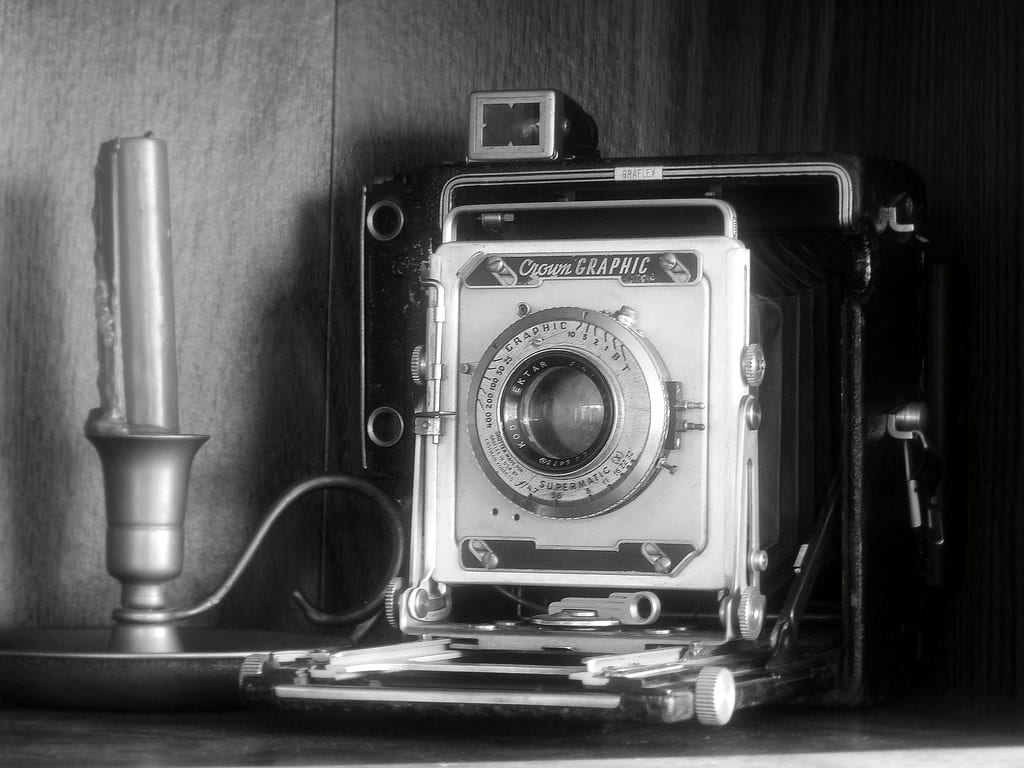
Introduction
- Saving Private Ryan (1998) dir. Steven Spielberg
- Three Colors: Blue (1993) dir. Krzysztof Kieślowski
- Casablanca (1942) dir. Michael Curtiz
- The Record of a Tenement Gentleman (1947) dir. Yasujirō Ozu
- Odd Man Out (1947) dir. Carol Reed
- Introduced the idea that cahracters troubles can be reflected in mundane things, like bubbles
- Two or Three Things I Know About Her (1967) dir. Jean-Luc Godard
- Taxi Driver (1976) dir. Martin Scorsese
- Influence carried forward from Carol Reed and Dean-Luc Godard
- The French Connection (1971) dir. William Friedkin
1895-1918: The World Discovers a New Art Form or Birth of the Cinema
- Traffic Crossing Leeds Bridge (1888) dir. Louis Le Prince
- Pretense to modern films, simple moving images spun in a box
- The Kiss (1896 film) (a.k.a. May Irwin Kiss) (1896) dir. William Heise
- Very private and relatable, but still too private as you needed to look through a lense to see it
- Workers Leaving the Lumière Factory (1895) dir. Louis Lumière
- First film shot by Lumiere
- Arrival of a Train at La Ciotat (1896) dir. Louis Lumière
- Unnerved the audience because of how new it was
- Annabelle Serpentine Dance (1894-1896 ?) dir. William Kennedy Dickson or William Heise
- Sandow (1894) dir. William Kennedy Dickson
- What Happened on Twenty-third Street, New York City (1901) dir. George S. Fleming and Edwin S. Porter
- First evidence of film for comedic entertainment’s sake
- Cendrillon (1899) dir. Georges Méliès
- First example of a camera effect discovered by accident, inovation by accident
- Le voyage dans la lune (1902) dir. Georges Méliès
- La lune à un mètre (1898) dir. Georges Méliès
- Melies was the frst special effects director
- The Kiss in the Tunnel (1899) dir. George Albert Smith
- First to film in front of a train, creating the “phantom ride” effect
- Shoah (1985) dir. Claude Lanzmann
- 2001: A Space Odyssey (1968) dir. Stanley Kubrick
- Modern example of a phantom ride
- The Sick Kitten (1903) dir. George Albert Smith
- First close up in cinema
- Birth of close ups
- October: Ten Days That Shook the World (1928) dir. Sergei Eisenstein
- close up of death and tragedy, first time a close up was used in such a way
- Once Upon a Time in the West (1968) dir. Sergio Leone
- The Corbett-Fitzsimmons Fight (1897) dir. Enoch J. Rector
- Filmed the first wide screen film of a boxing match
1903-1918: The Thrill Becomes Story or The Hollywood Dream
- Life of an American Fireman (1903) dir. Edwin S. Porter
- First example of shooting the same shot twice from two perspectives
- First use of cutting a film to make it more cohesive, example of scene change
- Showed the flow of action in a way that theater could not
- Sherlock Jr. (1924) dir. Buster Keaton
- First example of double composer
- Use of cuts to proovide an almost magic effect
- The Horse that Bolted (1907) dir. Charles Pathé
- Using cross cuts for the first time
- Parallel editing
- The Assassination of the Duke of Guise (a.k.a. The Assassination of the Duc de Guise) (1908) dir. Charles le Bargy and André Calmettes
- One of the first films in which the actors were allowed to face away the audience
- Reverse angle shot
- Vivre sa vie (1962) dir. Jean-Luc Godard
- Refused to show the face of the character for the intro
- Those Awful Hats (1909) dir. D. W. Griffith
- First example of actors being famous
- Florence Lawrence was the first movie star
- The Mended Lute (1909) dir. D. W. Griffith
- Less censored than American films
- The Abyss (1910) dir. Urban Gad
- Stage Struck (1925) dir. Allan Dwan
- Luxury and costuming became important
- The Mysterious X (1914) dir. Benjamin Christensen
- Crosscutting
- Use of drawing on film slides
- Häxan (1922) dir. Benjamin Christensen
- Multiple light sources
- Practicaleffects were used to an unseen before effect
- Ingeborg Holm (1913) dir. Victor Sjöström
- Utilized naturalism and grace
- The Phantom Carriage (1921) dir. Victor Sjöström
- Use of subplots
- Special blue light filters
- use of reexposure as specialeffects
- Shanghai Express (1932) dir. Josef von Sternberg
- Costume jewelry in the daytime
- Unique framing and shadow lighting
- The Story of the Kelly Gang (1906) dir. Charles Tait
- First feature length film
- The Squaw Man (1914) dir. Oscar Apfel and Cecil B. DeMille
- First hollywood feature
- First use of ling standing character tropes
- Use of the magical 180 degree line for matcing character sightlines across scenes
- The Empire Strikes Back (1980) dir. Irvin Kershner
- Falling Leaves (1912) dir. Alice Guy-Blaché
- Suspense (1913) dir. Phillips Smalley and Lois Weber
- The Wind (1928) dir. Victor Sjöström
- Use of practical effects to mirror the unconscious mind of the actor
- Rescued from an Eagle’s Nest (1908) dir. J. Searle Dawley
- The House with Closed Shutters (1910) dir. D. W. Griffith
- Way Down East (1920) dir. D. W. Griffith
- Small real details added to the immersion
- Use of Vingette
- Orphans of the Storm (1921) dir. D. W. Griffith
- Visual softness and backlight to make actors stand out
- The Birth of a Nation (1915) dir. D. W. Griffith
- Tracking shots
- Racist
- Rebirth of a Nation (2007) dir. DJ Spooky
- Cabiria (1914) dir. Giovanni Pastrone
- Moving dolly shots
- Intolerance (1916) dir. D. W. Griffith
- Cutting between time periods and very different stories
- Souls on the Road (a.k.a. Rojo No Reikan) (1921) dir. Minoru Murata